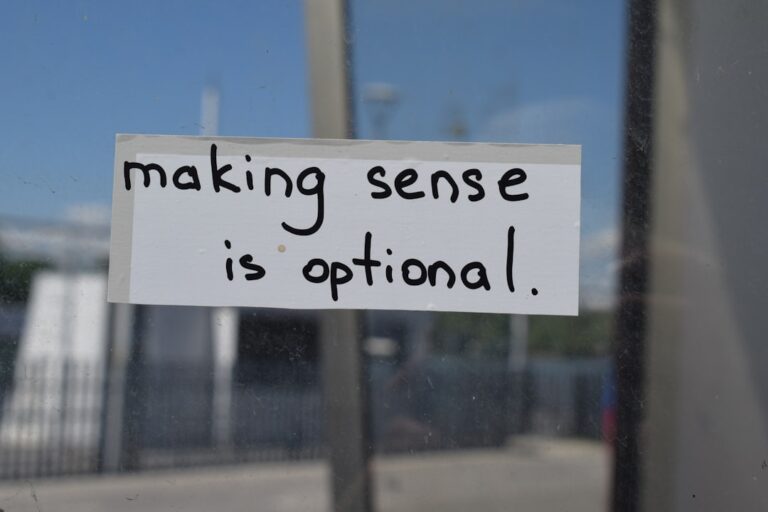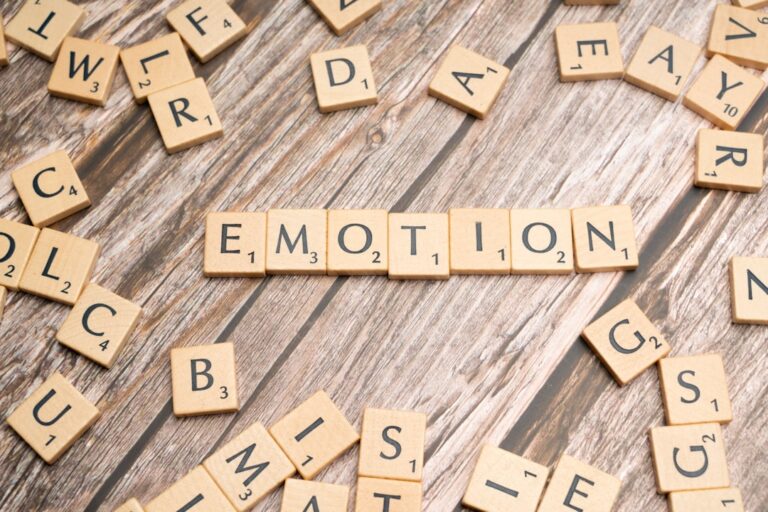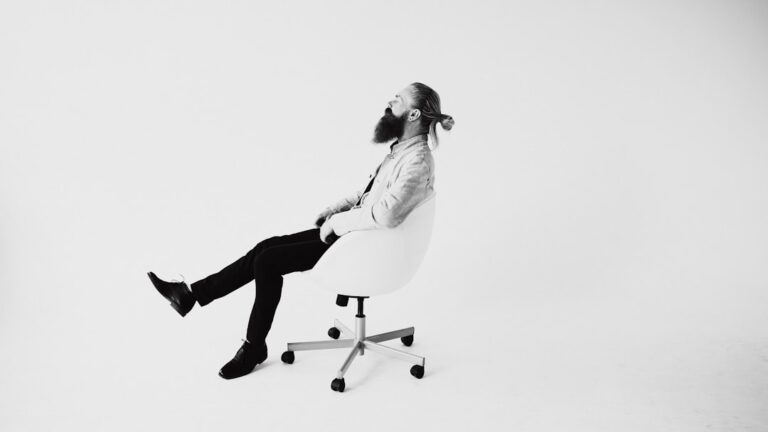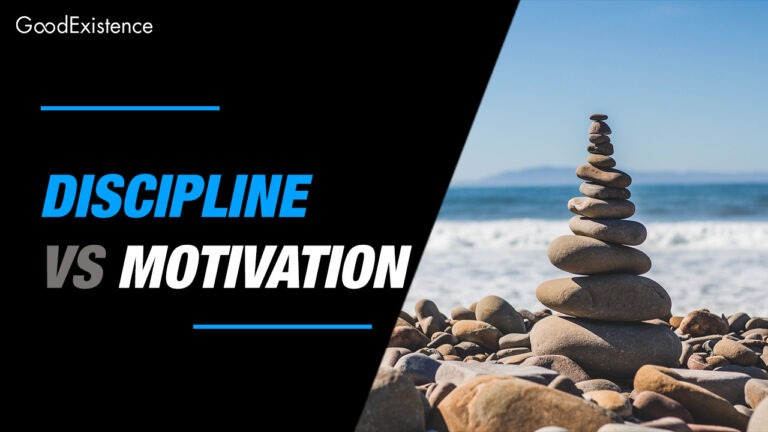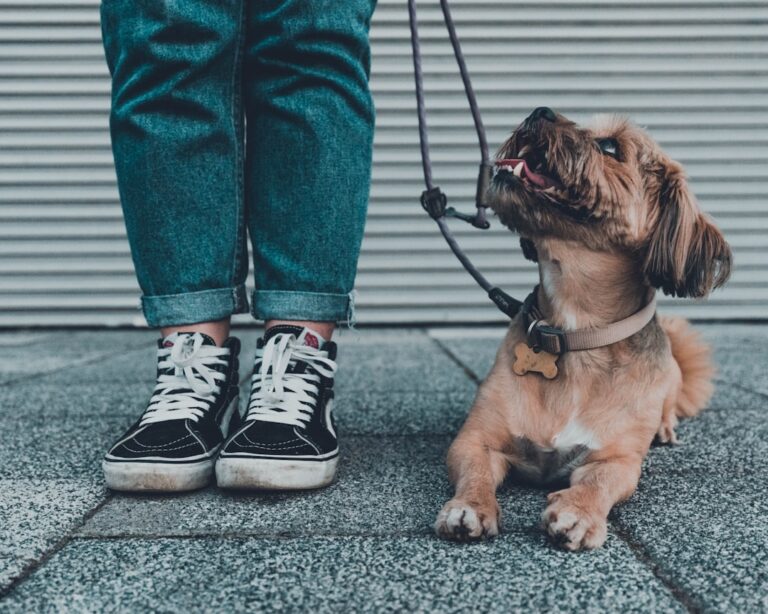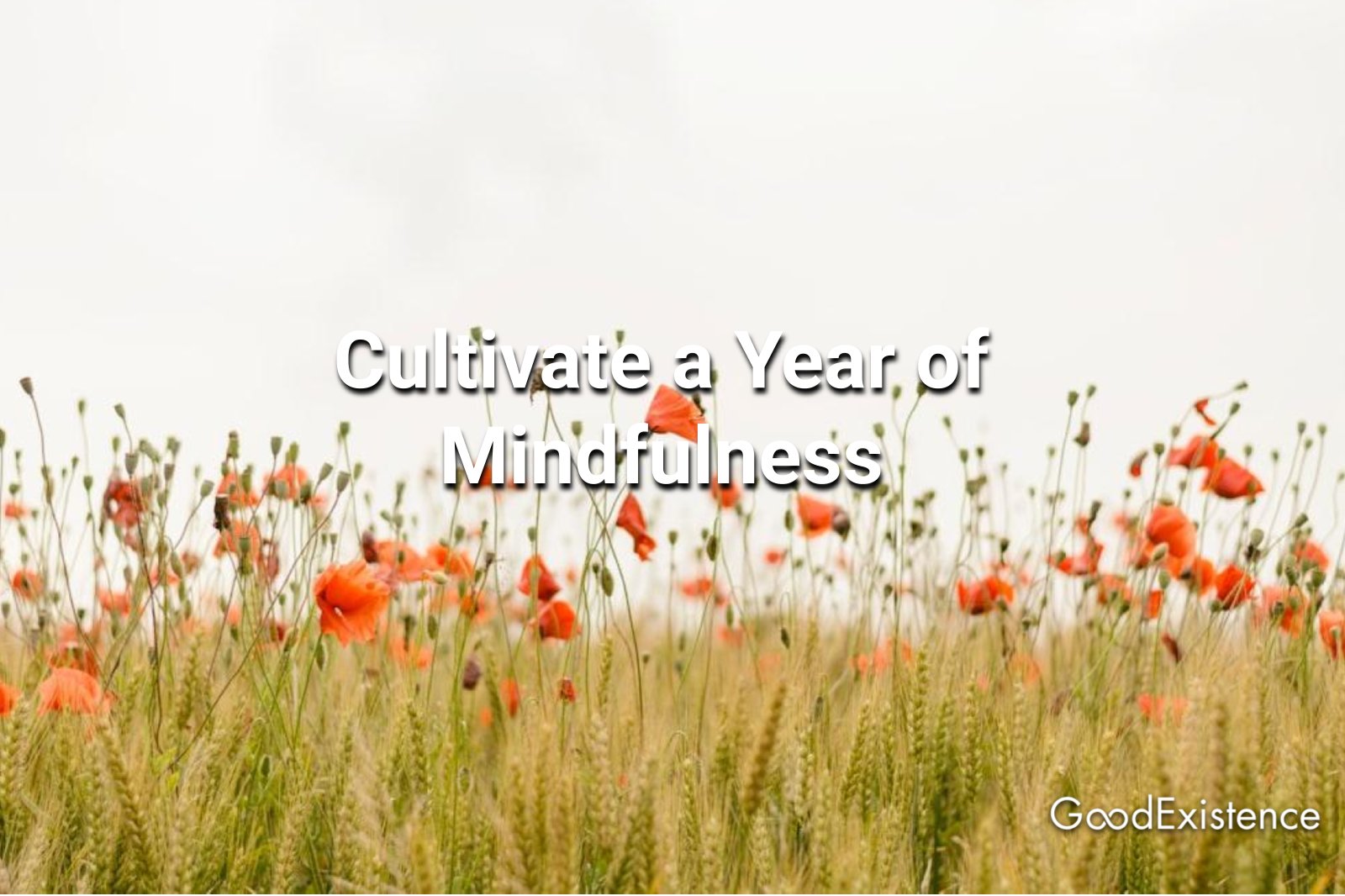
Life moves fast. Sometimes it feels like we blink and another month goes by.
If you’ve ever found yourself wondering where the time went, you’re not alone. I’ve been there too—stuck in autopilot, rushing through days without really noticing them. Whether it was binge eating, endless gaming sessions, or scrolling my phone late into the night, I was constantly looking for escape instead of being where I was.
But the real shift came when I started paying attention. Slowing down. Breathing. Being present.
This simple change—mindfulness—transformed everything.
What Mindfulness Really Means
Mindfulness isn’t some fancy method or spiritual trick. It’s just about showing up. Being aware of what’s happening right now, without judgment.
Most of the time, we run on habits and reactions. We wake up, grab our phones, rush through the day, go to bed tired, and repeat. Mindfulness invites us to pause—to experience each moment fully. It sounds small, but it’s powerful.
And the best part? Anyone can do it. You don’t need to sit cross-legged for an hour or chant mantras. You can practice mindfulness while cooking, walking, or brushing your teeth. It’s about being where you are and noticing what’s real.
Why a Year of Mindfulness Matters
You won’t change your life overnight. But imagine what would happen if you were just a little more mindful each day for a whole year. That’s 365 small shifts. That’s what changed everything for me.
When I finally got serious about taking care of myself, I didn’t start with a complicated plan. I started by noticing. I paid attention to when I felt bored and reached for snacks. I listened when I felt tired but pushed myself to stay up and game. These little realizations gave me space to choose—not react out of habit.
Over time, I broke out of patterns that had locked me in for years. I lost over 110 pounds, built a simple routine I could stick with, and found strength in my faith and daily gratitude.
But it all started with awareness.
How to Bring Mindfulness into Everyday Life
Here’s the truth: You don’t need to overhaul your life. Just begin small. Mindfulness is about progress, not perfection.
Here are a few practical steps you can take to start your year of mindfulness:
1. Start Your Day With Intention
Before you check your phone, sit up and take two deep breaths. Ask yourself, “What do I need today?” or “What matters most right now?”
This helps you start the day from a grounded place instead of reaction mode.
Stephen’s tip: I begin most mornings with a prayer and short reflection. It reminds me that I’m not in control of everything—and that’s okay. Faith gives me peace to handle what comes.
2. Use Triggers as Reminders
Pick one routine activity—like brushing your teeth or making coffee—and turn it into a cue to pause. Use it as a moment to return to the present.
Ask: How do I feel right now? What’s going on around me?
It sounds simple, but these pauses build presence.
3. Practice the Power of the Pause
When you feel like reacting—snapping at someone, grabbing junk food, scrolling for hours—stop and breathe. Take ten seconds to check in.
You might still take the action… or you might not. But giving yourself a choice is what changes the game.
4. Give Thanks Out Loud
Gratitude anchors you. Every evening, I write or say three things I’m thankful for. Some days they’re deep. Some days it’s just “my warm blanket” or “that first sip of coffee.” Both count.
This habit has helped me stay grounded through life’s chaos. When things felt heavy, gratitude reminded me that not everything needed fixing—some things just needed noticing.
5. Reset Throughout the Day
Even short moments of stillness matter.
- Close your eyes for 30 seconds between tasks.
- Step outside, look at the sky, and take a deep breath.
- Stretch while you wait for food to cook.
You don’t need silence or candles. Just a second to return to now.
Mindfulness Helped Me Break Bad Habits
I want to be honest: my life used to feel like a loop I couldn’t escape. I stayed up too late. I binged on food to numb emotions. I played video games for hours to avoid real problems. I felt stuck and ashamed but didn’t know how to change.
Everything turned around when I started noticing.
It wasn’t some big, dramatic moment. It was a series of small, quiet ones. Realizing when I was full. Catching myself before re-downloading an old game. Getting curious about why I felt uneasy.
Mindfulness gave me space between the trigger and the response. That space—tiny at first—grew with practice. And in that space, I found freedom. I wasn’t perfect, but I was getting better every day.
You Don’t Have to Get It Right Every Time
Here’s the best part of mindfulness: It’s not about perfection. You will forget. You will fall into old patterns. That’s okay.
The power lies in returning.
Every time you remember to come back to the present, celebrate it. That’s a win. And over time, those wins add up.
Eventually, you’re not just reacting anymore. You’re choosing.
Your First Step
Let’s keep it simple. Take one small step today.
Maybe it’s noticing your breath. Maybe it’s pausing before eating. Maybe it’s writing one thing you’re thankful for tonight.
Start small, and stick with it. A year from now, you’ll look back and realize how far you’ve come.
I’m cheering for you.
And if you ever feel like you’ve fallen off, just come back. That’s the beauty of mindfulness—it always starts now.

